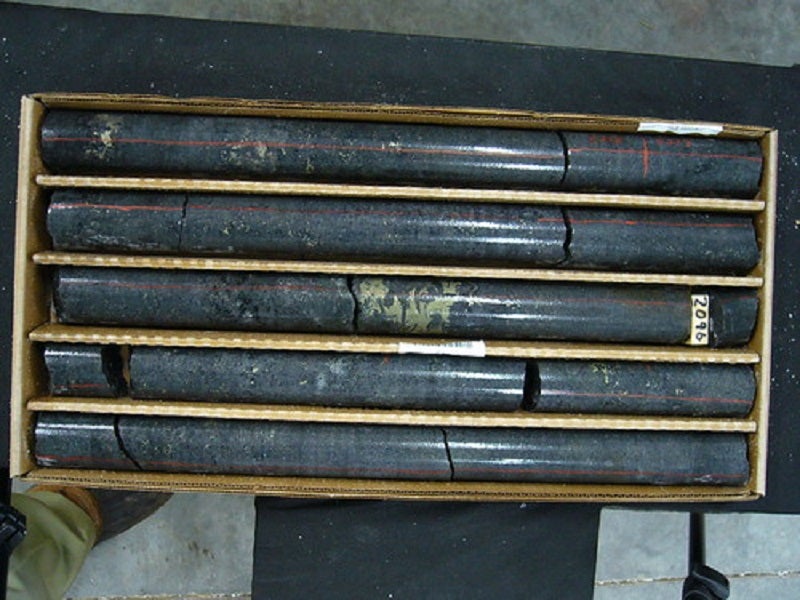
Twin Metals Minnesota is set to use a more environmentally friendly dry stack method for storage of leftover rock from its planned underground copper-nickel mine.
The mine will be located nine miles south-east of Ely, Minnesota, US.

Discover B2B Marketing That Performs
Combine business intelligence and editorial excellence to reach engaged professionals across 36 leading media platforms.
Twin Metals noted that the dry stack tailings storage method eliminates the use of storage pond and dam associated with conventional tailings facilities.
The method has been successfully implemented in four mines in the northern US and Canada, which have similar climates to Minnesota. It is also permitted to be used at two mines in the western US.
In a mine, tailings are the crushed rock left over after the extraction of target minerals.
Using the dry stack method, remaining tailings will be compressed into low-moisture, sand-like deposits and stored on a lined ground facility near the plant site, said Twin Metals.

US Tariffs are shifting - will you react or anticipate?
Don’t let policy changes catch you off guard. Stay proactive with real-time data and expert analysis.
By GlobalDataReclamation of the tailing site is expected to occur in phases and can be covered with natural vegetation.
Twin Metals Minnesota CEO Kelly Osborne said: “Dry stack tailing storage is the most environmentally friendly tailings management approach for our site.
“The first key is that there’s no dam, no risk of dam failure. The moisture content of the filtered tailings is reduced to a material that we can compact and manage seasonally.
“Dry stack is one of the ways we are making a 21st-century mine that will be the most technologically advanced mine in Minnesota’s history and a model of how copper mining can be done safely and sustainably.”
Extensive testing over the past decade shows that tailings from the company’s Maturi Deposit will be non-acid-generating.
Dry stack tailings storage method has been an option under consideration since the company began mine planning in 2010 to develop the project.





